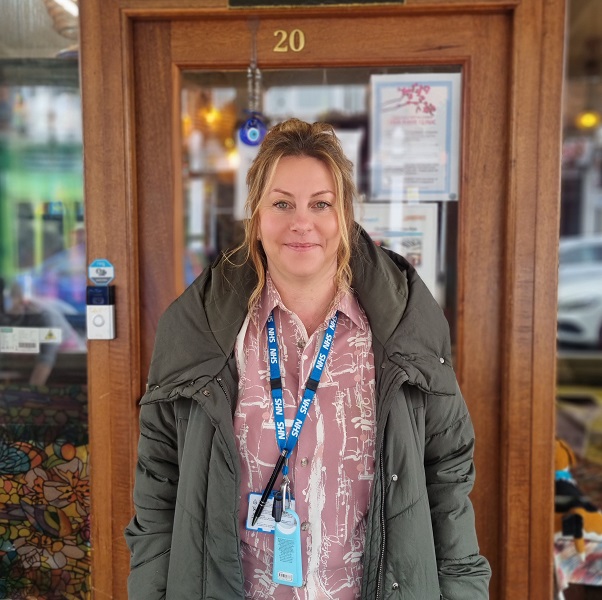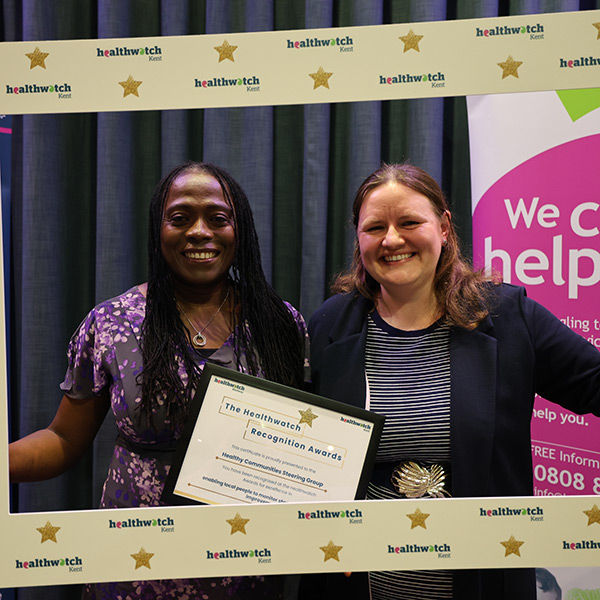Virtual wards – we need your views
Watch: Respiratory Nurse Sheilagh McCrossan explains how the virtual ward might work and asks for your views.
The NHS in east Kent is to develop a virtual ward for people with acute respiratory infections and we need your help to get it right.
Virtual wards, which are already in place in many parts of the country, allow patients to get the care they need at home safely and conveniently, rather than being in an acute hospital.
The NHS is increasingly introducing virtual wards to support people at the place they call home, including in care homes.
Patients are monitored using technology, such as apps, wearables or other medical devices remotely – and are supported by a consultant, specialist GP or advanced practitioner.
Kent Community Health NHS Foundation Trust (KCHFT) has already had success in delivering virtual wards during the Covid pandemic to monitor people’s oxygen levels at home. Evidence showed patients preferred to be at home and our teams intervened earlier, if they needed us.
We will be working with East Kent Hospitals University NHS Foundation Trust and GPs on the respiratory virtual ward, as well on other pilots for people with frailty across Kent and Medway.
KCHFT’s Lead Respiratory Nurse Sheilagh McCrossan explained: “The benefit of a virtual ward is you might avoid going into hospital at all, or you can be discharged from hospital early.
“Initially, we will be looking at people with an acute respiratory infection, so this may be as simple as a chest infection, but it maybe patients who have underlying conditions such as chronic obstructive pulmonary disease (COPD).
“If they are happy to be monitored at home, rather than in an acute hospital bed, they would be discharged and given technology to record some of their measurements, such as blood pressure, oxygen levels, temperature or heart rate.
“These could be recorded via a wearable device, like a strap around the arm, and patients will be shown how to send these to us via a phone or iPad, between two and four times a day.
“A team will review the results and patients would stay under the care of a clinician until they are well enough to discharged back to their GP.
“If at any point we are concerned, one of our respiratory, acute response or frailty teams would visit the patient at home to make sure they are okay.
“If successful, we could look after people with a variety of long-term conditions, such as heart failure or diabetes.
“However, at the moment, we want to hear from people, their carers and families about what we are proposing so we can provide a virtual ward that gives people confidence to be discharged from home earlier and be supported and monitored safely at home.”
How you can help
Watch the film above and complete our survey.
We want to know:
- What do you think are the advantages of virtual wards?
- What might worry you about being part of a virtual ward?
- What can we do to help you, your family, friends and carers have confidence in virtual wards and the technology?
- What are the main things that would be important to you for the virtual ward?
- After reading the information, how confident do you feel about being part of a virtual ward.
Share this article on social media




